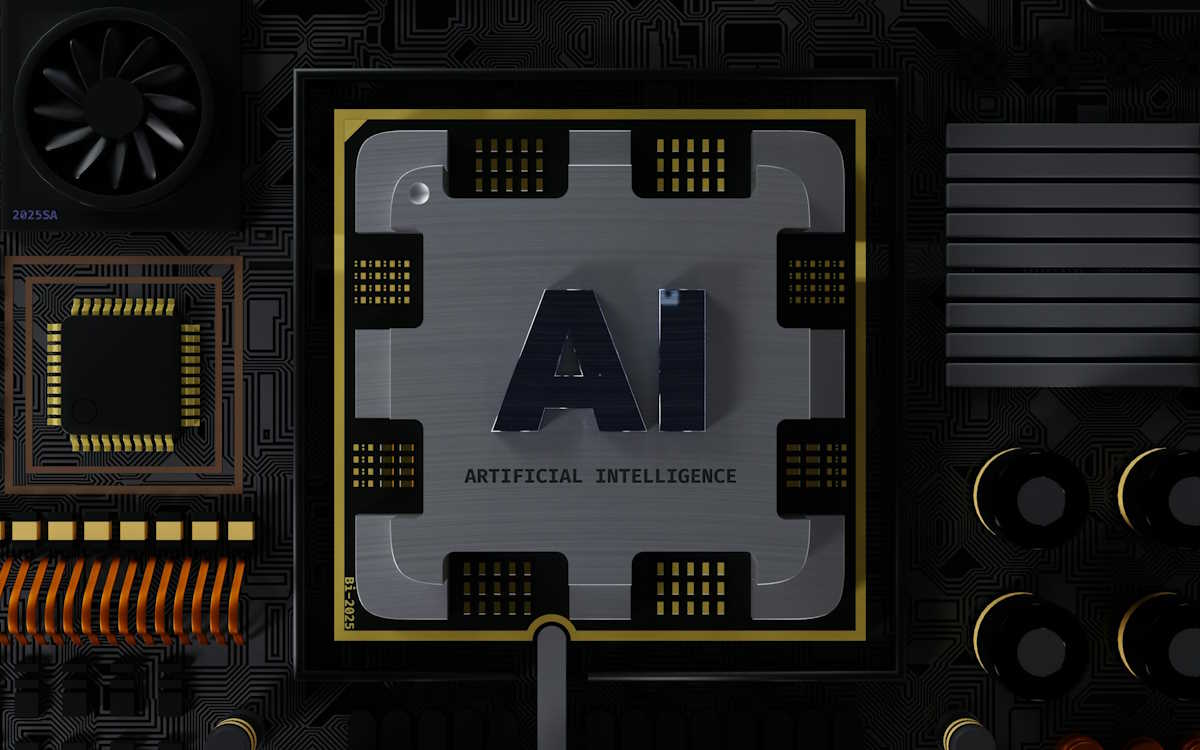As businesses increasingly embrace digital transformation, effective data management has become paramount. Email archiving is an essential tool, ensuring secure storage, easy retrieval, and regulatory compliance among these strategies. With Radicati’s Email Statistics Report predicting 4.4 billion email users by 2024, managing email communication efficiently is more critical than ever.

Cloud technology has revolutionized email archiving, offering scalable, cost-effective, and flexible solutions. This piece explores the future of cloud email archiving by highlighting the trends and innovations set to shape the industry amid the rapid expansion of email usage.
Revolutionizing Cloud Email Archiving
The evolution of email archiving over the last decade is remarkable. Previously, businesses relied heavily on on-premises solutions requiring significant hardware and software maintenance investments. These legacy systems were often inflexible, hindering organizations’ ability to adapt to growing data needs.
The paradigm changed with the shift to cloud-based solutions. By leveraging the power of the cloud, businesses gained access to scalable and efficient email archiving without needing large on-site infrastructure. This transition laid the foundation for key emerging trends and innovations.
The Future of Cloud Email Archiving: Key Trends
- AI and Machine Learning Transformation Artificial intelligence (AI) and machine learning (ML) are rapidly redefining cloud email archiving. AI-powered solutions enable advanced data analysis, allowing companies to extract meaningful insights from archived emails. Automatic email tagging, improved searchability, and pattern detection for security compliance are just a few examples of how AI and ML enhance the future of email management.
- Strengthened Compliance and Legal Hold Features Regulatory compliance remains a significant driver of email archiving. As legal requirements evolve, cloud email archiving tools are becoming more advanced, helping organizations meet complex compliance needs. Improved legal hold functionalities ensure businesses can preserve relevant communications for litigation or investigations while automating compliance reporting to streamline audits.
- Security Enhancements: Securing archived emails is paramount as cyber threats continue to grow. Future cloud email archiving solutions will emphasize advanced security features like end-to-end encryption, multi-factor authentication, and zero-trust architectures. These innovations will fortify email security, offering peace of mind that sensitive data is protected from unauthorized access.
- Increased Scalability and Flexibility Scalability is one of the most significant advantages of cloud solutions. Future services will offer even greater flexibility, allowing businesses to adjust storage capacity as needed. This is particularly valuable for companies experiencing rapid growth or fluctuating data volumes, ensuring they can easily adapt to changing demands.
- User-Friendly Interfaces and Seamless Integration Adopting new technology hinges on usability. Cloud email archiving providers are prioritizing intuitive, user-friendly interfaces to simplify the archiving process. Seamless integration with popular email platforms like Microsoft 365 and Google Workspace will further streamline workflow, allowing users to archive emails without leaving their familiar environments.
- Cost Efficiency Cloud email archiving is becoming more cost-effective, with providers offering flexible pricing models that cater to various business needs. Tiered storage and pay-as-you-go plans allow organizations to control costs while maintaining efficient email management.
- Sustainability Focus As environmental sustainability becomes a priority, businesses are leaning towards eco-friendly IT solutions. Cloud email archiving is inherently more energy-efficient than traditional systems due to the large-scale data centers that power them. Future innovations will likely focus on further reducing the environmental impact, aligning with broader corporate sustainability goals.
Innovations Shaping the Future of Cloud Email Archiving
- Blockchain for Data Integrity Blockchain technology has the potential to revolutionize email archiving by enhancing data integrity and traceability. Through an immutable ledger, blockchain ensures that archived emails remain tamper-proof, providing an added layer of security for industries like finance and healthcare.
- Natural Language Processing (NLP) NLP is poised to transform cloud email archiving by enabling more intelligent email categorization and search capabilities. By processing and understanding human language, NLP can automate content summaries, extract essential details, and even translate emails, simplifying the search and retrieval of archived communications. This technology not only enhances efficiency but also improves user experience, allowing organizations to quickly find relevant information without sifting through countless emails. As NLP continues to evolve, its ability to recognize context and nuances in language will further refine how archived communications are accessed and utilized, paving the way for more effective decision-making and data management.
- Predictive Analytics Predictive analytics will play a crucial role in proactive email management. By analyzing historical data, predictive models can forecast trends, detect risks, and suggest preventive measures. Tools like Looker Studio dashboards can help visualize these insights, making it easier for organizations to monitor key metrics and identify potential issues in real-time. With dynamic reporting capabilities, Looker Studio can track compliance, security threats, and data trends, empowering teams to optimize their email management strategies more effectively.

Emerging Solutions and Their Impact
- Hybrid Cloud Solutions While fully cloud-based solutions dominate the market, hybrid cloud models are emerging as a flexible alternative for organizations with specific data security needs. Hybrid systems allow sensitive information to be stored on-premises, while non-critical data leverages the cloud for scalability and cost efficiency, creating a balance between security and flexibility.
- Boosting Brand Awareness and Customer Engagement A well-implemented cloud email archiving system can indirectly improve brand reputation and engagement. Efficient archiving supports timely and accurate responses to customer inquiries and legal requests. This responsiveness, paired with secure communication, builds trust and can enhance customer satisfaction.
- Positive Impact on NPS Scores By ensuring secure and efficient email management, businesses can enhance customer experiences, improving their Net Promoter Score (NPS). A high level of service reliability in handling sensitive email data encourages customer loyalty, leading to more brand advocates.
Conclusion
The future of cloud email archiving is marked by exciting developments and opportunities. AI, machine learning, enhanced security, and blockchain are driving innovations that will elevate email management. As these advancements unfold, businesses can expect to see even greater flexibility, efficiency, and security in managing their email records. By staying ahead of these trends, organizations can better leverage cloud email archiving to meet evolving data and compliance demands.






















